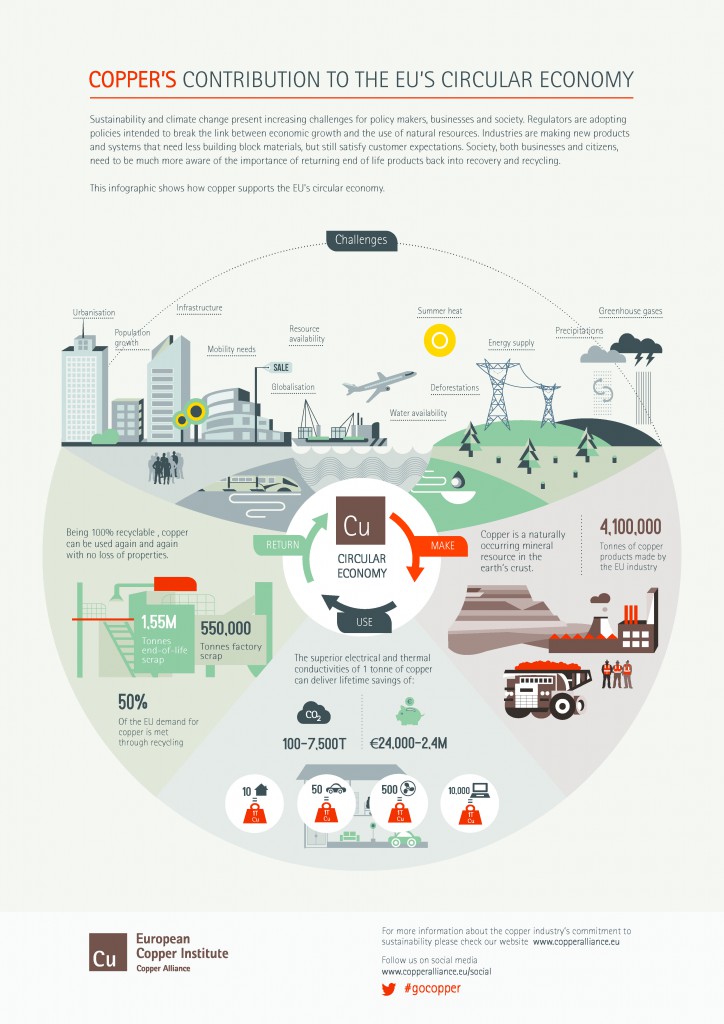How a circular economy can help decarbonise transport
Our analysis shows that a circular system will reduce the emissions from the materials used in vehicles by 70% by 2050, or 285 million tonnes of CO2 equivalent.
Making electric vehicles lighter and more durable
Designing vehicles to be more lightweight so that fewer materials are needed to make them and less energy is needed to power them would reduce 89 million tonnes of CO2 equivalent per year by 2050. Making them last longer would further cut 208 million tonnes of CO2 equivalent per year by 2050.
Sharing vehicles
Sharing vehicles so that we use them more and need fewer of them to go where we want to would reduce 66 million tonnes of CO2 equivalent per year by 2050.
Designing vehicles for reuse and remanufacturing
Remanufacturing and reusing an engine, for example, is up to 85% less carbon intensive than making a new one. This strategy would help reduce 38 million tonnes of CO2 equivalent per year by 2050.
We can move towards a circular economy for transport with interventions like remanufacturing engines or retreading tyres to keep them in use. But to fully realise the potential of a circular economy for transport, we need to change the system.
Rethinking urban planning to redesign transport
Ultimately, changing transport requires changing the context in which we move. During the Covid-19 pandemic, urban design concepts like the 15-minute city experienced a resurgence. The concept, initially introduced in the 1920s, is based on four principles: proximity, density, diversity, and ubiquity. The goal? To ensure that all city dwellers are able to reach all the places they need to within a 15-minute walk or bike ride.
The benefits of circular urban design can go beyond reduced emissions from transport and can also create safer, more livable cities with resilient communities and a sense of community often absent from urban areas.







